Saber-Toothed Tigers Had Canine Teeth Longer Than Kitchen Knives
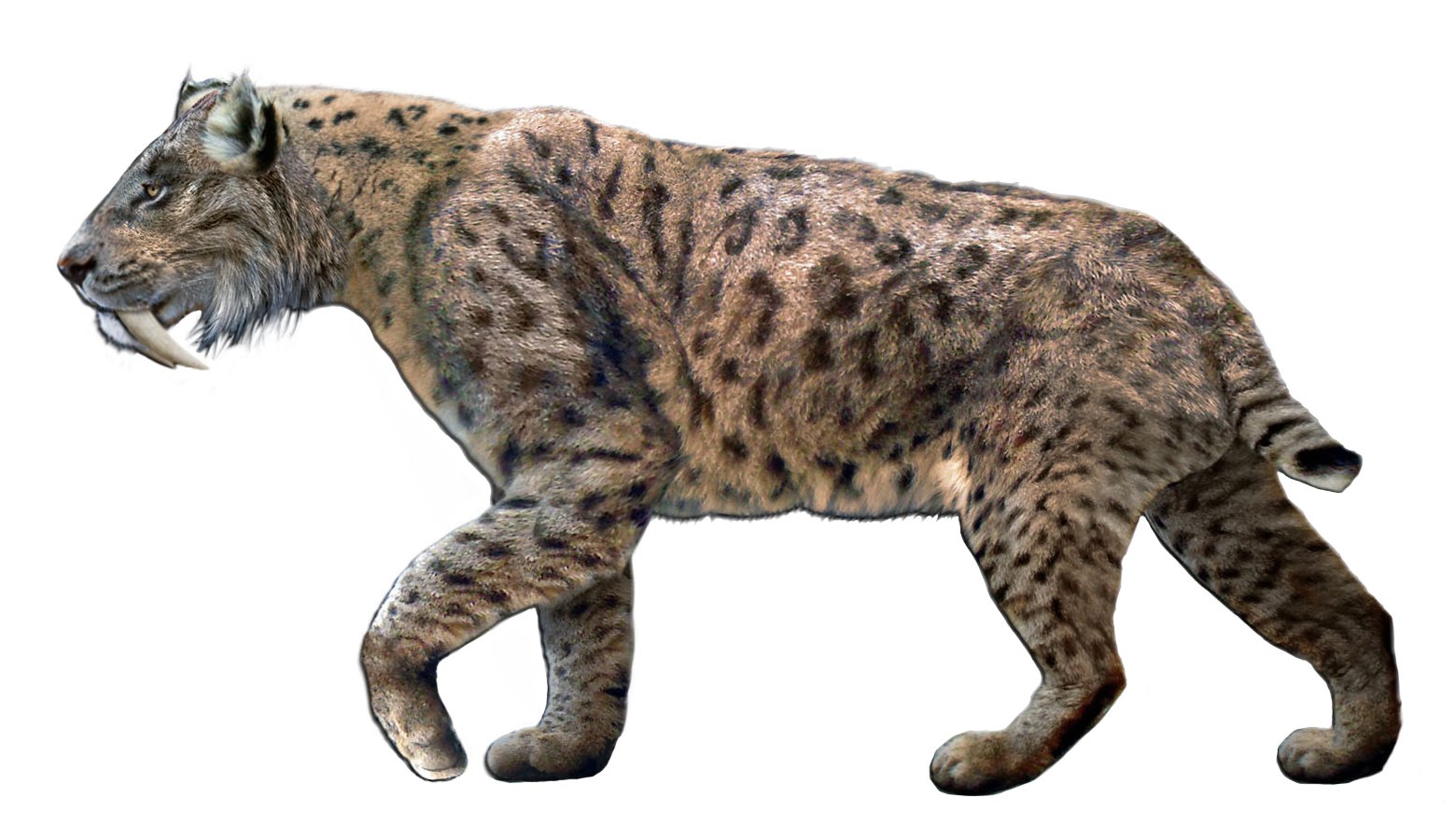
The iconic Smilodon fatalis wasn’t actually a tiger at all, but its massive canine teeth stretched up to 7 inches long. These prehistoric predators couldn’t bite down with the crushing force of modern big cats because their jaw muscles were positioned differently. Instead, they used their razor-sharp sabers like daggers, stabbing into prey with surgical precision.
What makes this even more fascinating is that these cats had to open their mouths nearly 180 degrees to use their weapons effectively. Modern cats can barely manage 65 degrees, making the saber-tooth’s gaping maw a truly alien sight in today’s world.
American Lions Were 25% Larger Than Today’s African Lions
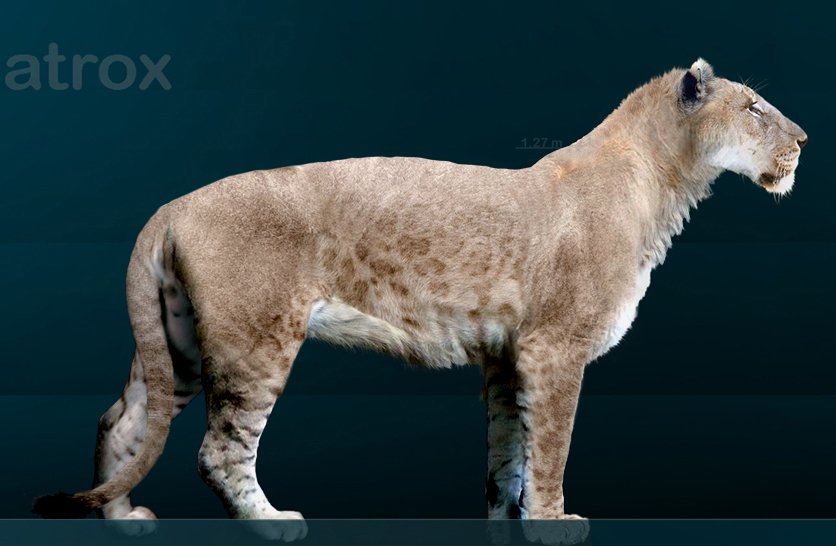
Panthera atrox roamed North America just 11,000 years ago and dwarfed every cat species alive today. These massive predators weighed up to 880 pounds and measured over 8 feet in length, not including their tails. Their sheer size allowed them to hunt megafauna like giant ground sloths and cave bears.
Unlike their modern African cousins, American lions likely lived in smaller family groups due to the abundance of massive prey. Their extinction coincided with the disappearance of the ice age megafauna they depended on, leaving no equivalent in our modern ecosystem.
Cave Lions Had Manes That Barely Existed
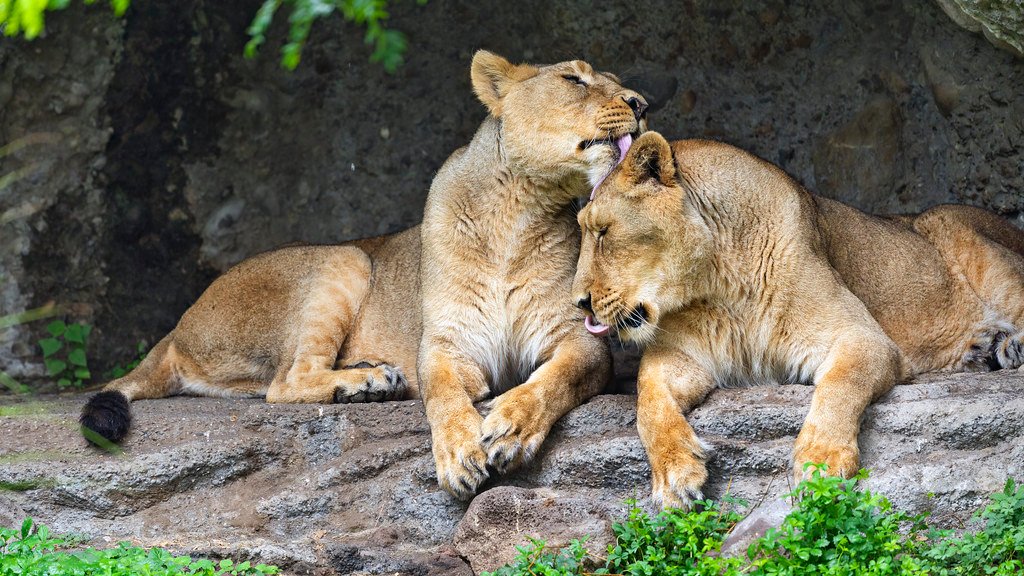
Panthera spelaea, the European cave lion, looked dramatically different from today’s maned kings of the savanna. Ancient cave paintings and frozen remains show these cats had minimal manes, even the males. This gave them a sleek, almost lioness-like appearance that would confuse any modern zoo visitor.
Scientists believe their reduced manes were an adaptation to their colder European climate, where thick neck fur might have hindered hunting in dense forests. Their streamlined appearance made them more efficient predators in environments where stealth mattered more than intimidation.
Giant Cheetahs Could Probably Crush Bones Like Hyenas
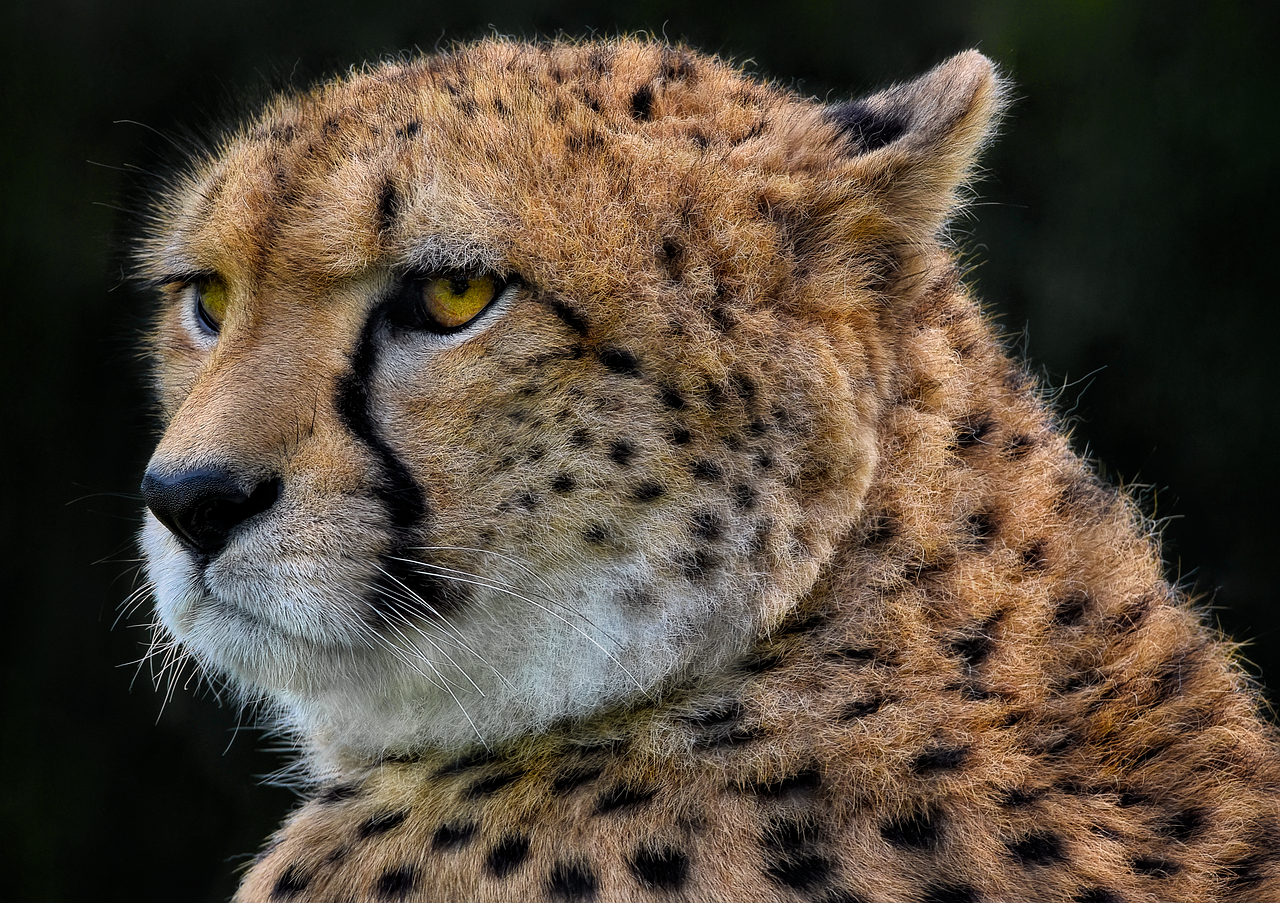
Acinonyx pardinensis, the giant cheetah, was built nothing like the speed demons we know today. These cats were 30% larger than modern cheetahs and had robust skulls designed for crushing rather than the lightweight frames needed for sprinting. Their powerful jaws could crack open bones that would challenge even spotted hyenas.
Instead of relying on speed, these prehistoric hunters likely used ambush tactics and brute strength. Their extinction around 10,000 years ago left today’s cheetahs as the sole survivors of their lineage, but with completely different hunting strategies.
Scimitar Cats Had Curved Teeth That Never Stopped Growing
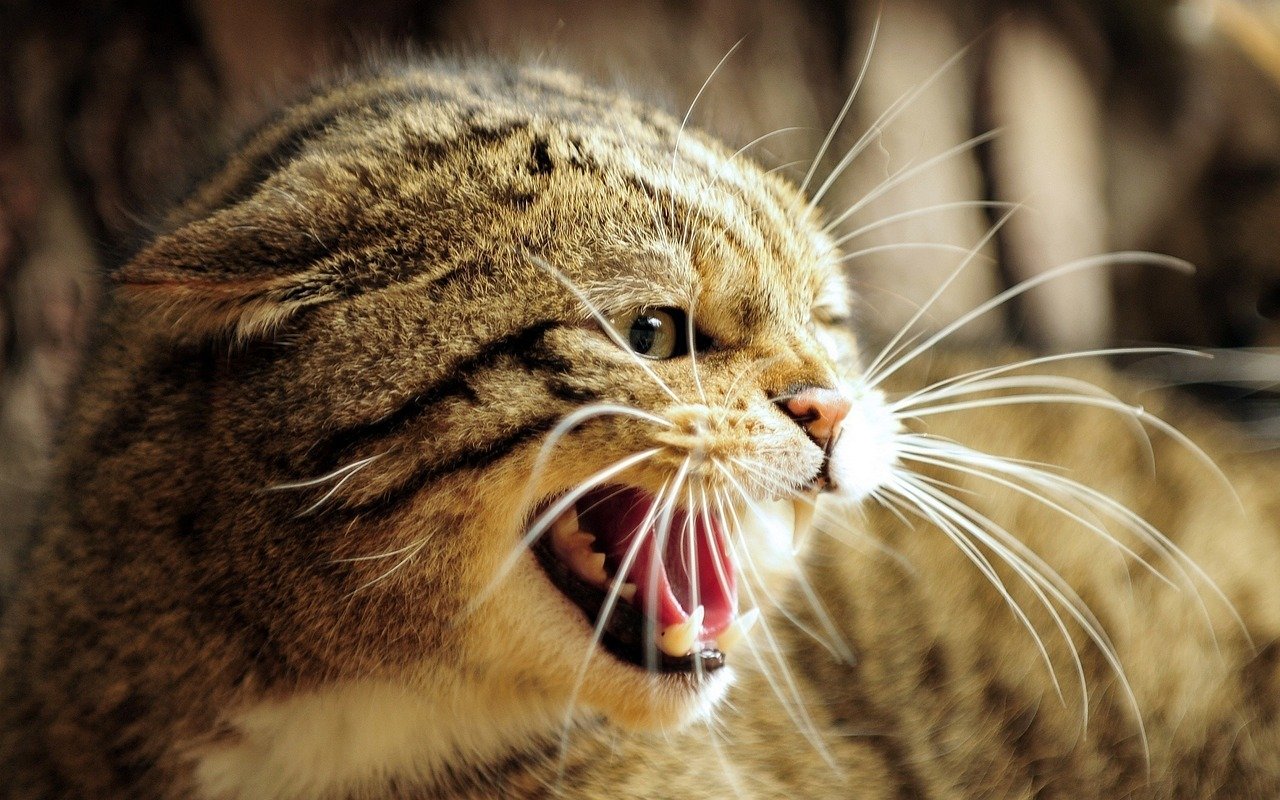
Homotherium, known as the scimitar cat, sported curved canine teeth that grew continuously throughout their lives. Unlike the straight daggers of saber-toothed cats, these serrated weapons were perfectly designed for slicing through thick hide and muscle. The cats had to constantly wear down their teeth through use, or they would grow too long to be functional.
These remarkable predators were the last of their kind to go extinct, surviving until just 28,000 years ago in some regions. Their unique dental arrangement has never been replicated in any modern cat species, making them truly one-of-a-kind hunters.
Marsupial Lions Had Retractable Claws on Their Thumbs
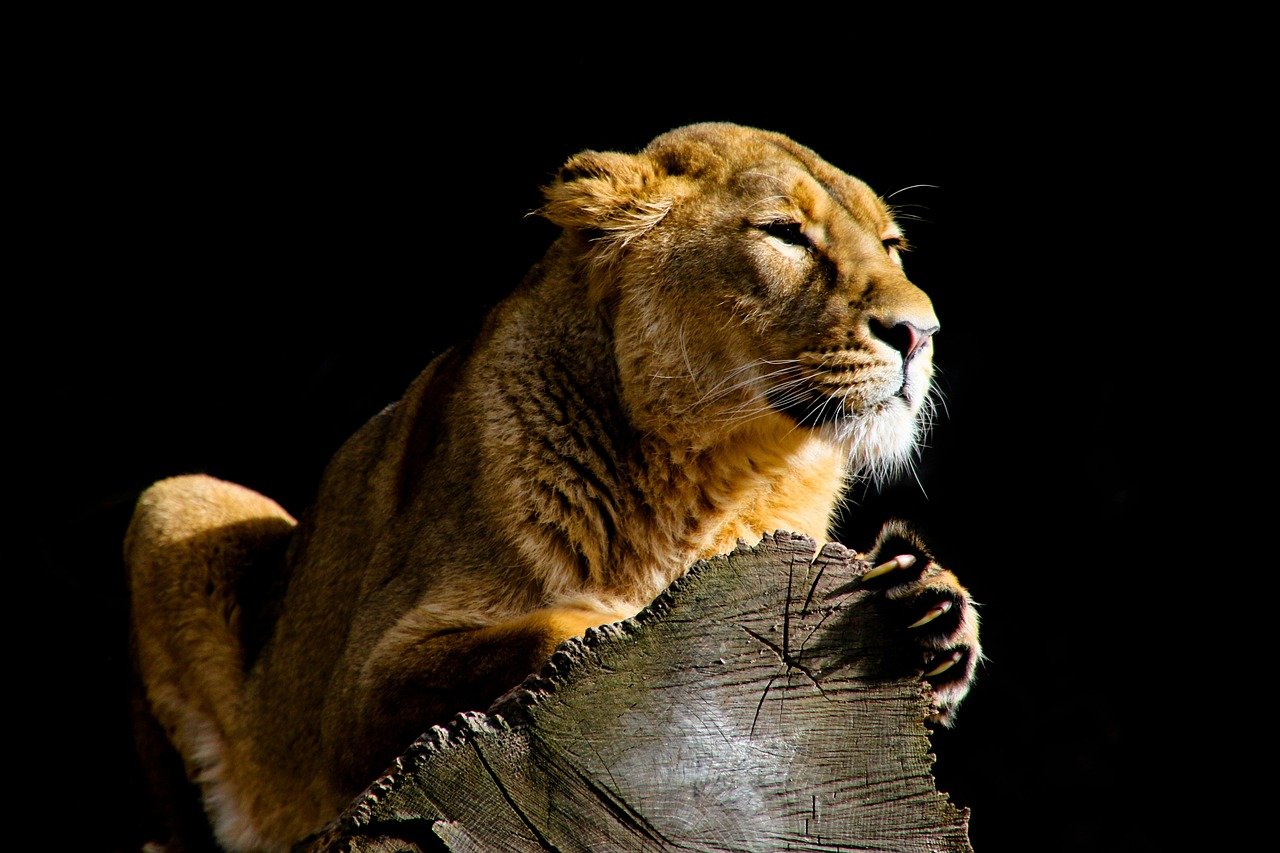
Thylacoleo carnifex wasn’t technically a cat but filled the same ecological niche in ancient Australia. These bizarre predators had massive cutting teeth instead of typical canines and possessed retractable claws on their thumbs – a feature no modern cat has. They could grip prey with their hands like a primate while delivering devastating bites.
Their combination of climbing ability and crushing bite force made them unlike any predator alive today. These “marsupial lions” could scale trees to ambush prey from above, using their unique thumb claws to maintain their grip on both branches and victims.
Dinictis Had Proportionally Longer Legs Than Any Living Cat
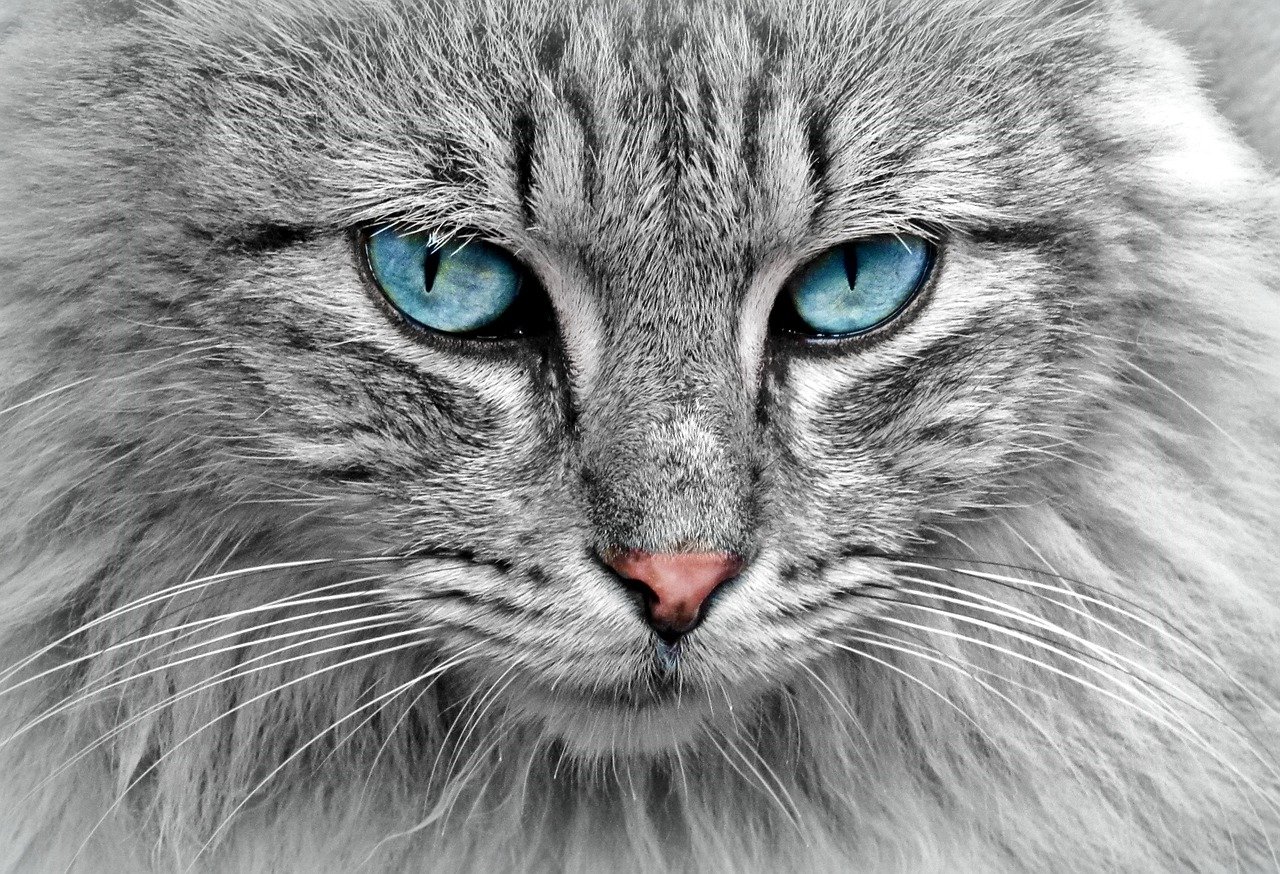
This early cat from 30 million years ago looked more like a small leopard on stilts than any modern feline. Dinictis had unusually long legs that gave it a gangly, almost comical appearance compared to the compact builds of today’s cats. These proportions suggest it was built for sustained running rather than the explosive power of modern predators.
Their elongated limbs were likely an adaptation to the open grasslands of ancient North America, where endurance mattered more than short bursts of speed. No modern cat species has maintained such extreme leg-to-body ratios, making Dinictis a unique experiment in feline evolution.
Xenosmilus Had Teeth That Could Shear Through Bone
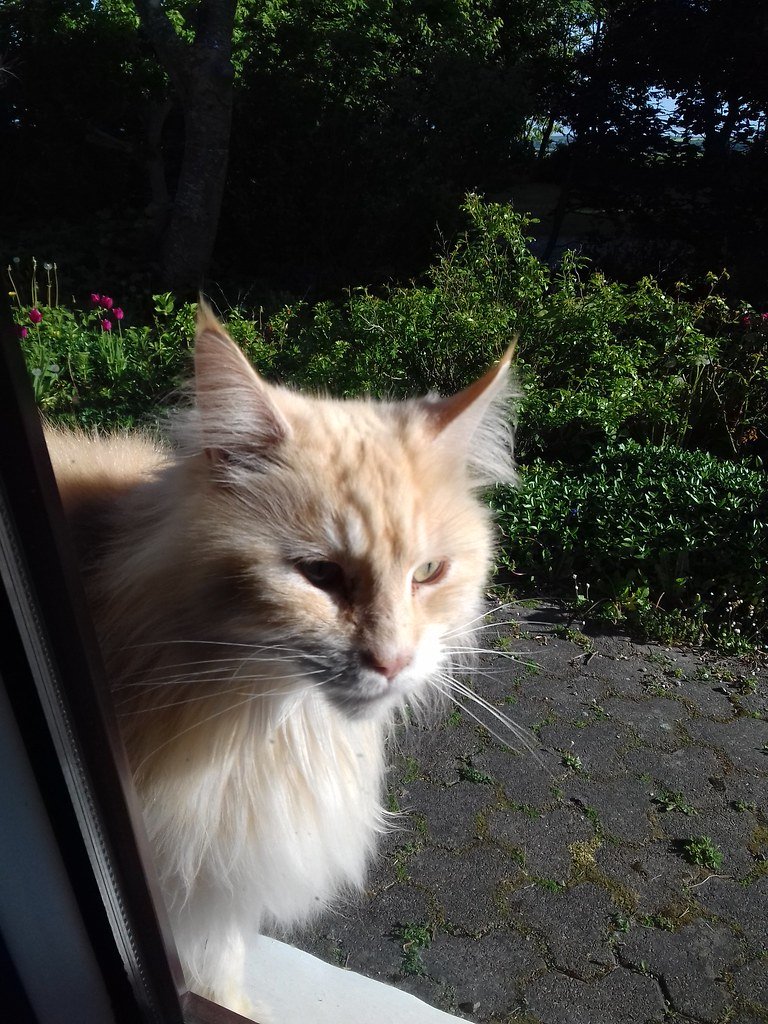
The “strange knife” cat lived up to its name with dental innovations that seem almost engineered for destruction. Xenosmilus had both saber-like canines and specialized back teeth that worked like scissors, allowing it to shear through bone and cartilage with ease. This combination of stabbing and cutting weapons made it one of the most efficient predators ever discovered.
Modern cats either have crushing teeth or slicing teeth, but never both in such extreme forms. The extinction of Xenosmilus around 1.8 million years ago left a gap in predator efficiency that no living cat has filled, making their dental toolkit a lost art of prehistoric hunting.
Machairodus Had Skulls Built Like Battering Rams
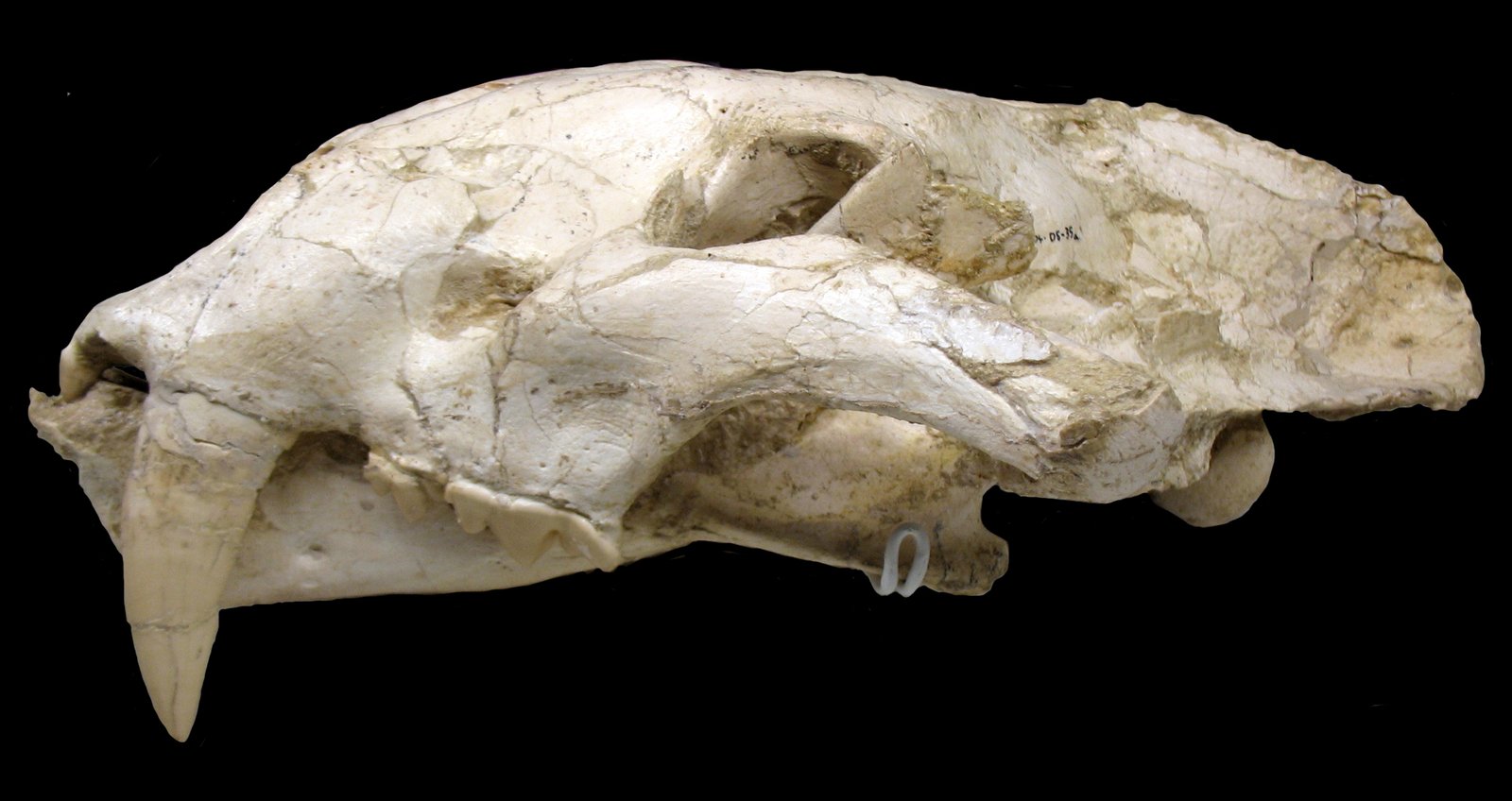
These early saber-toothed cats possessed incredibly thick skull bones that could withstand tremendous impact forces. Machairodus likely used its head as a weapon, delivering powerful headbutts to stun prey before finishing them with its saber teeth. Their skulls were proportionally thicker than any modern cat’s, giving them an almost rhinoceros-like durability.
This combination of skull strength and saber teeth created a hunting strategy that’s completely absent in today’s cats. Modern big cats rely on stealth and precise bites, but Machairodus could literally bulldoze through prey defenses with brute force that would shatter a lion’s skull.
Conclusion: Nature’s Lost Experiments
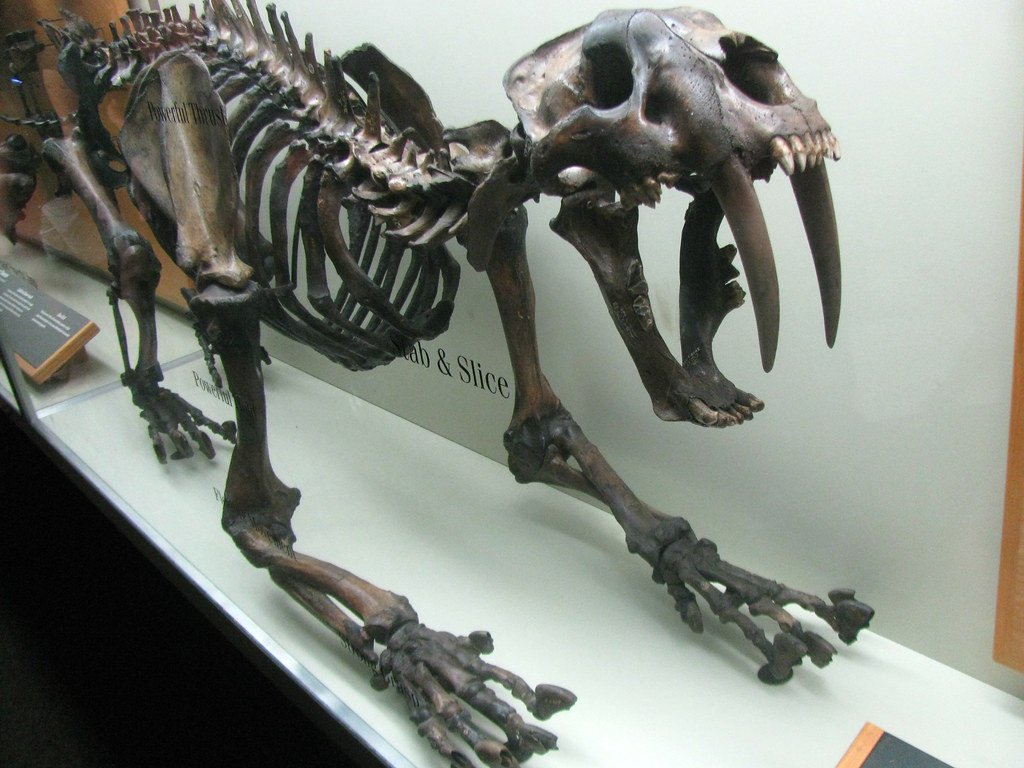
These extinct cats represent evolutionary experiments that nature tried once and never repeated. From bone-crushing jaws to continuously growing teeth, these prehistoric predators pushed the boundaries of what it means to be a cat. Their unique adaptations solved hunting challenges in ways that seem almost alien compared to today’s feline strategies.
The loss of these remarkable creatures reminds us that evolution is constantly experimenting with new forms and functions. While we’ll never see a saber-toothed cat stalking through our forests or a giant cheetah crushing bones, their fossilized remains continue to inspire our imagination and deepen our understanding of life’s incredible diversity.
Which of these extraordinary extinct cats would you most want to observe in action?
Hi, I’m Bola, a passionate writer and creative strategist with a knack for crafting compelling content that educates, inspires, and connects. Over the years, I’ve honed my skills across various writing fields, including content creation, copywriting, online course development, and video scriptwriting.
When I’m not at my desk, you’ll find me exploring new ideas, reading books, or brainstorming creative ways to solve challenges. I believe that words have the power to transform, and I’m here to help you leverage that power for success.
Thanks for stopping by, Keep coming to this website to checkout new articles form me. You’d always love it!






